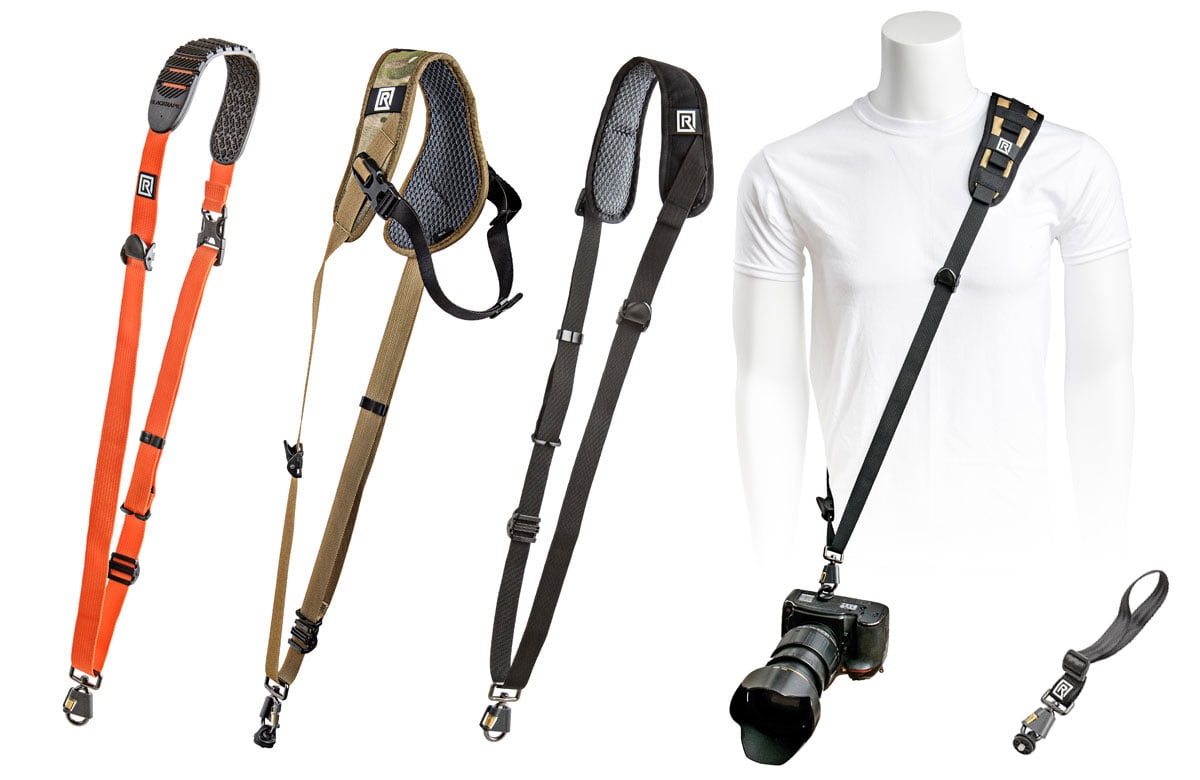Hi Malcolm. I’m fairly new to birding and it looks like you know your camera stuff. I took a college course and I really took to birding. I am looking to buy a camera (either sony or nikon). Is the sony dx10 iv worth the price from the dx10 iii. Likewise is the p1000 superior to p950. It looks like those 4 cameras are the best 1 lense camera. Any recommendations?
There's always going to be a certain amount of subjectivity when it comes to cameras (or bins and scopes, come to that). What suits one person, or is most important to them, won't suit/be important to another person. That's why it's impossible to give definitive advice.
Having said that, I have owned bridge cameras and DSLRs, so I have a reasonable amount of knowledge and experience, and I can honestly say that –
for me – the Sony RX10 IV is the best all-round package I've ever had. First and foremost, I'm a birder not a photographer, and from that perspective, the Sony delivers what I need.
As I said in an earlier post, I narrowed my choice down to either the Sony or the Nikon P950. I discounted the P1000 because of its size and weight, but that might not be an issue for you. Paul has opted for the Nikon; I went for the Sony. For me, the clincher was the phase detect auto focus on the Sony. The bigger sensor is nice to have as well.
Also, with cameras that have enormous reach, the temptation is to think that you can photograph birds from huge distances. The problem is, certainly at some times of the year, heat haze, dust, pollen etc in the air will degrade your image. So, if you end up having to get close anyway, to cut down that distortion, then the shorter reach of the Sony is less of an issue.
I think I paid £1,300 for the Sony. Believe me, I dithered for ages trying to convince myself that any bridge camera could be worth that sort of money. All I can say is that after 10 months of use, I do think it's worth it and I have no regrets.
Whether it's worth paying more compared with the Mark III is something only you can decide. Personally, I would say it is, again because of the vastly superior auto focus. But you won't get any improvement in image quality, as it's the same sensor.
As is often said, the perfect camera hasn't been made. The Sony has its quirks and drawbacks, but once you have it set up the way you want and you learn how to use it, it's a superb and very versatile camera.
This probably isn't much help to you because, at the end of the day, it's only my opinion. There have been posts on here by people who bought the Sony and ended up sending it back. Anyway, good luck with your choice.
Malcolm








